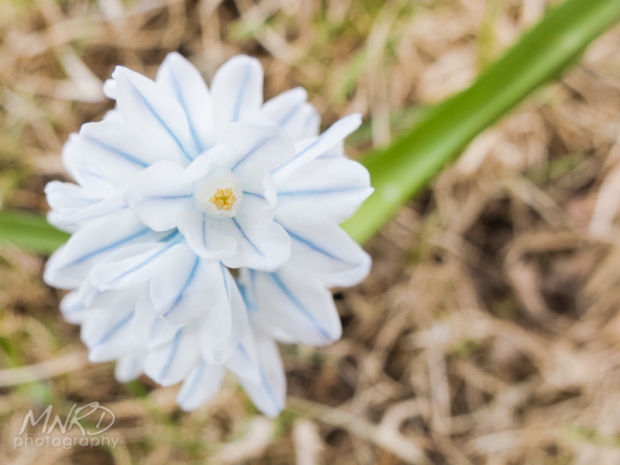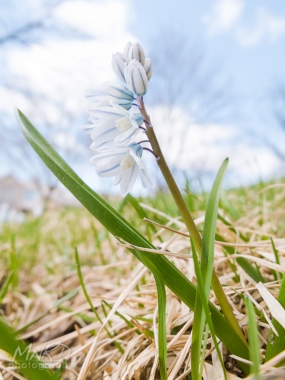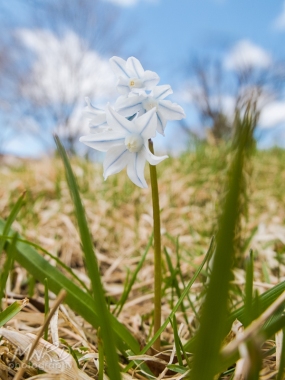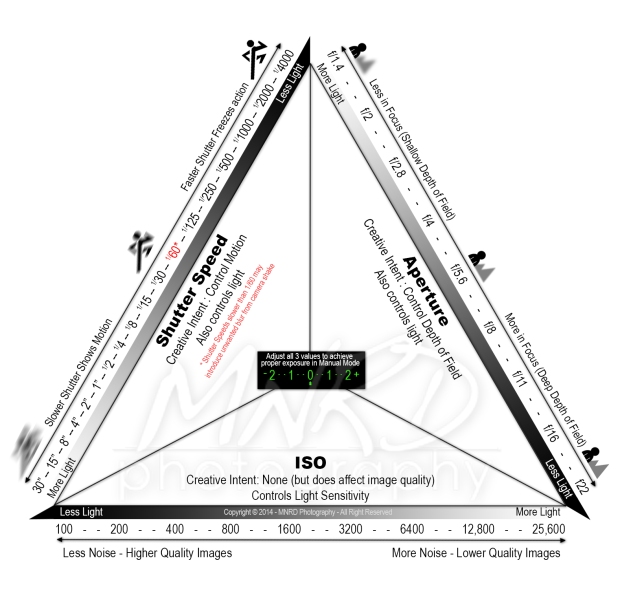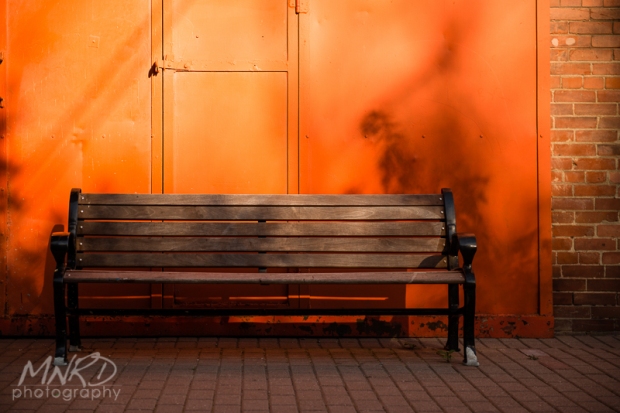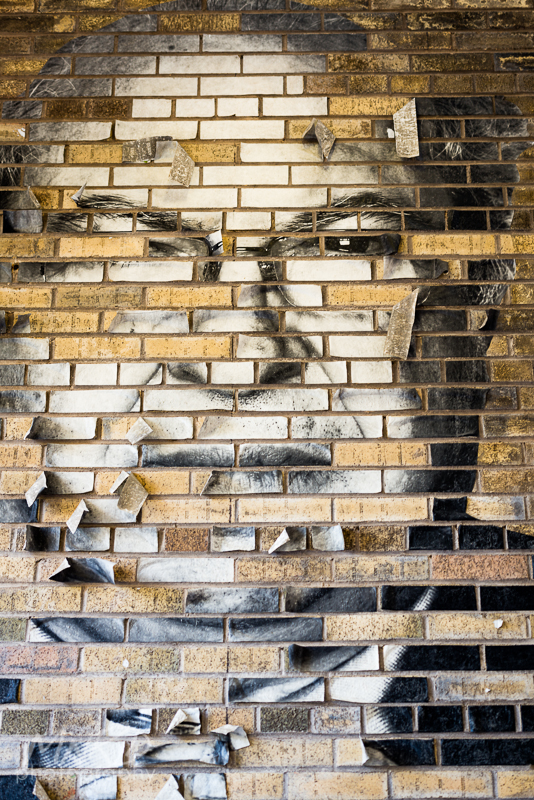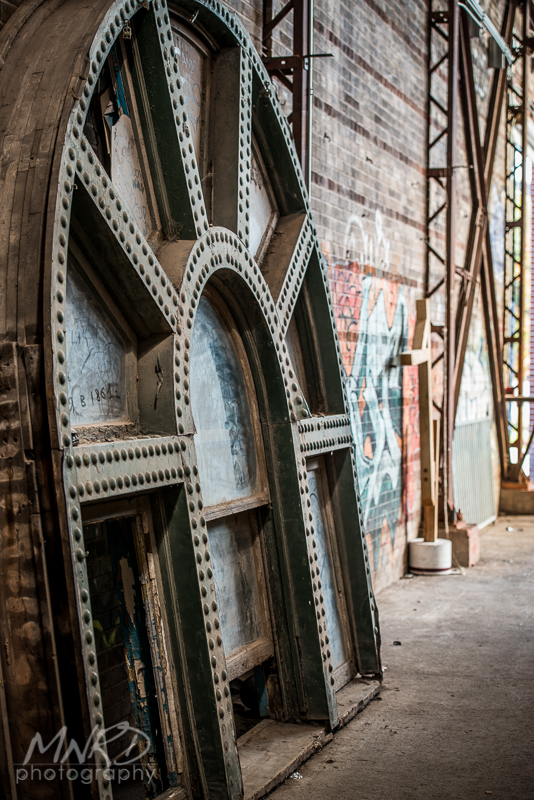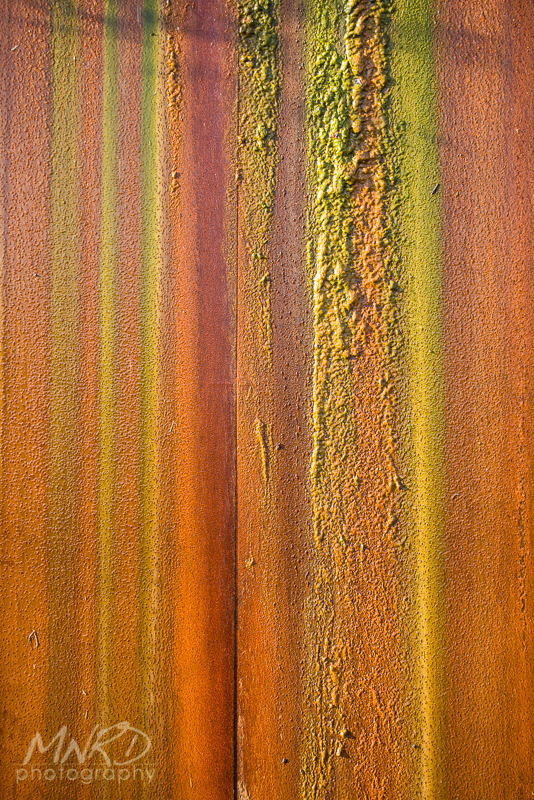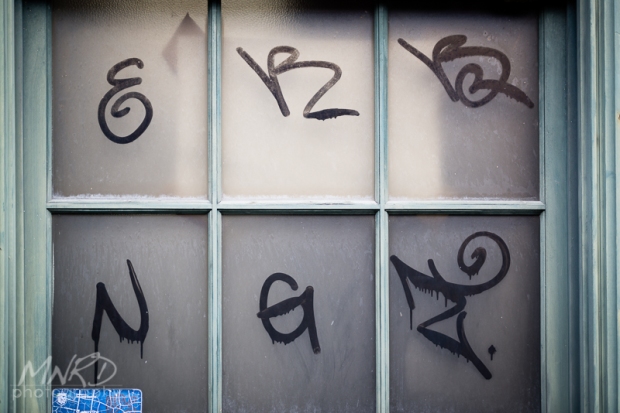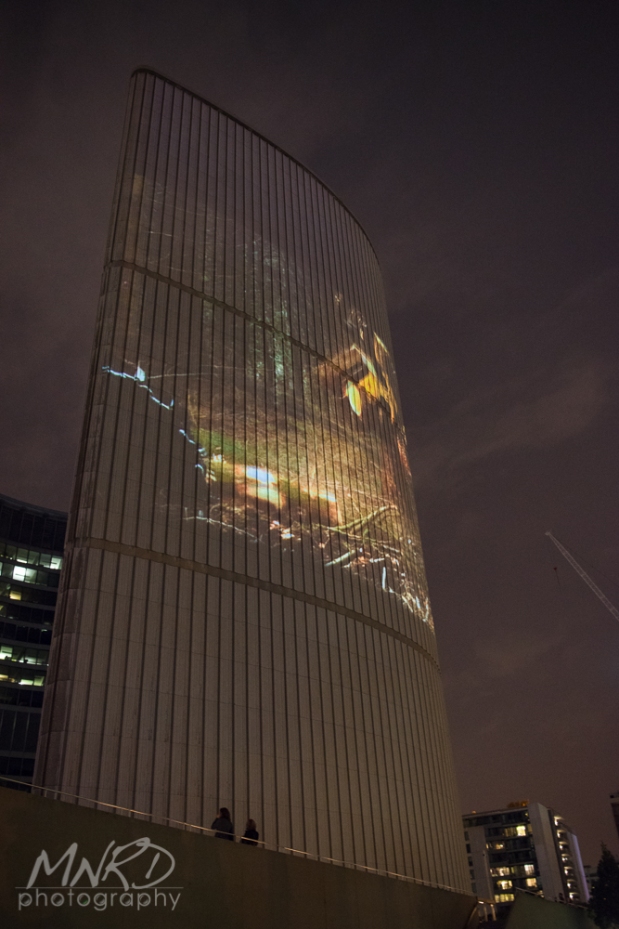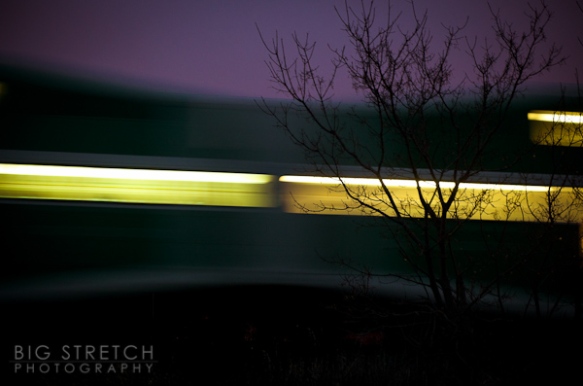When it comes to getting great exposures, the more you leave up to your camera to decide, the more your camera will likely get it wrong. The more you take control, the more you’ll learn and the better the results will be. This is why most Pros shoot in Manual mode, so they have full control over their exposures. If you aren’t quite there yet, here is a tip to start compensating for your camera’s shortcomings when shooting in P, A/Av, or S/Tv modes.
Exposure Compensation allows you to adjust for your camera’s metering system when it gets the reading wrong (although technically, right). This happens most often with an overly bright or overly dark scene, and sometimes it does this as if on a whim. If the camera sees too much dark, it will automatically compensate for it and make it brighter. And if it sees too much brightness, the opposite will occur, you’ll get a darker exposure. Oftentimes the easiest way to correct for this is to use exposure compensation to trick the camera into getting it right.
Example: Have you ever taken a picture only to have the resulting image come out with what seems to be a grey wash over the entire thing (like the image below)? Well, this is your camera’s metering system getting it wrong (although technically, right). It “sees” so much brightness that it figures it should darken it in order to achieve a “middle grey” exposure… Camera Fail! To compensate for this, you’ll want to use some + exposure compensation to brighten it up. How much should I use, you ask? Well, that depends on the overall scene, but a good starting point would be +1. Not enough? Add some more. Too much? Take a bit off. That is the beauty of learning on a digital camera… You don’t have to pay for each exposure like we had to when we shot film.
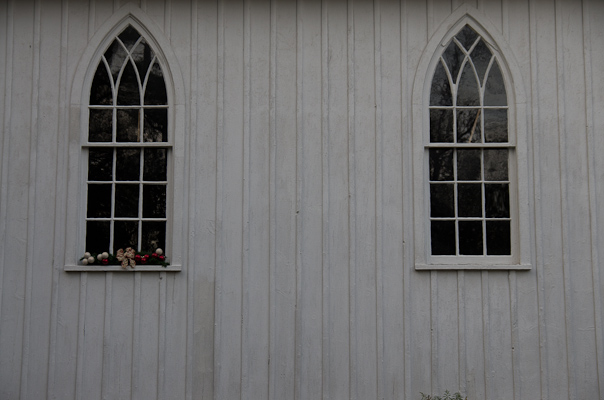
The camera saw so much white in this shot, that it darkened it down to what it thought was the proper exposure...

To compensate for the fact that my camera got the light wrong in my first shot, I dialed in +1 EV (i.e. Exposure Compensation) on my camera and it brightened it right up.
Another example: Have you ever tried to take a picture of the moon? How did that work out for you? Big, bright, blown out white blotch where that nicely detailed moon was supposed to be? Black sky now kind of grey-ish? Yup. Thought so. Usually this is an exercise in frustration for new photographers, but if you can learn to think like your camera, you’ll be able to balance out its shortcomings. In this case, the camera is seeing an abundance of black (the night sky) and a smaller bright spot (the moon), so it thinks the scene is too dark and wants to brighten up the exposure. The fix? Simply use some negative exposure compensation to right the ship.
